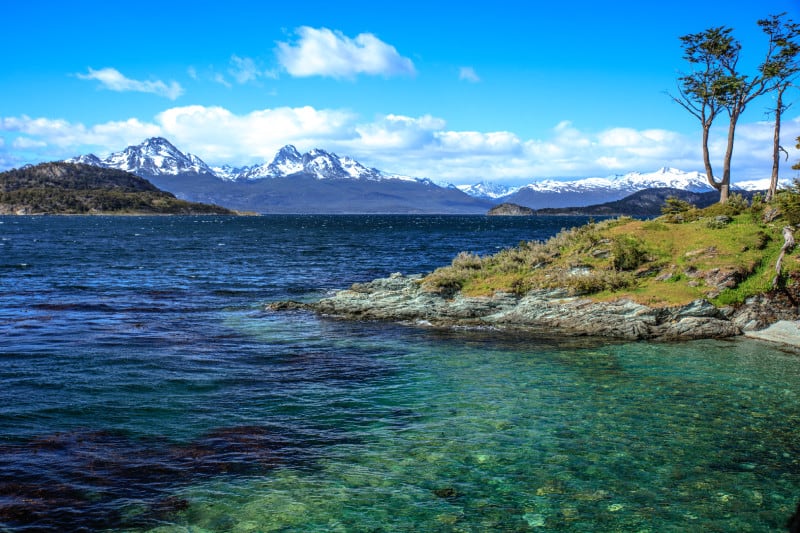Tierra del Fuego Facts
- The term of Tierra del Fuego serves as the most frequently used name for this true marvel of geological processes. Yet it does have at least one other, rarely used title. That’s because it’s also sometimes called Fireland among english speakers.
- Perhaps most notably, the breathtaking location tops the list of many as one of the most beautiful spots on earth. The truly astounding location holds this high status despite its highly rugged landscape. Indeed, that’s one of its qualifying traits!
- Nature, however, didn’t simply stop there. In fact, this mesmerizing location also serves as home to numerous species of animals and plants. To make this even more awesome, some of the plants found here also evolved as completely unique in nature.
- The stunning Tierra del Fuego undeniably constitutes one of the most visually striking archipelagos in the world. However, its area isn’t divided equally. Most of its total area consists of one larger island, and a group of numerous much smaller islands.
- Despite the extreme ruggedness of much of its terrain, this site nevertheless also shows evidence of a rather surprising past. That’s due to the amazing fact that the location shows signs of human habitation going back more than 8,000 years.
Related Articles
Tierra del Fuego Physical Description
This amazing archipelago of Tierra del Fuego principally consists of the one large island. This individual ilse typically goes by the same name as the archipelago. The stunning primary island itself is often simply referred to as either Tierra del Fuego or Isla Grande.
The one island alone merits its own level of appreciation by those who visit the site. This formation boasts a total area measuring roughly 18,572 sq mi (48, 100 sq km). As can easily be seen, this breathtaking location also hosts an incredible array of impressive landscapes.
These marvels of Nature include such features as numerous bays and channels. But, amazingly, the mind-blowing Tierra del Fuego even holds several glaciers within its borders. Incredibly, some of the small, ancient glaciers present even extend all the way to the ocean.
It’s of further interest that the topography can be divided into four regions. These consist of an outer archipelago region, a mountain region in the south, a plains region, and a sub-Andean zone between the last two. Each has its own separate and distinct geography.
Tierra del Fuego Location, Climate, and Life
Intriguingly, the wondrous main island of Tierra del Fuego is actually divided between two completely different countries, situated in South America. The country of Chile controls 61.43% of the land area. Meanwhile, the country of Argentina controls the rest.
Perhaps even more surprising than other factors is the climate of the natural wonder. That’s because this incredible spot on the earth possesses a subpolar oceanic climate. Its summers typically remain short and cool, while winters quallify as long, wet, and moderate.
However, the southernmost of the islands in the archipelago possess a sub-antarctic climate, similar to such locations as the Aleutian Islands. Here, the harsh weather conditions makes any appreciable growth of foliage virtually impossible across most of its area.
As a result of this, only 30% of Tierra del Fuego possesses forests of any size. Yet, many of the the tree varieties that do grow here bear fruit. Much of the remaining area, though comprises either steppes or semi-arid deserts, creating an overall harsh landscape.
Somewhat surprisingly, a comparatively large number of animal species also appear to thrive in the amazing region. These include such creatures and foxes, seagulls, penguins, condors, and owls. Several varieties of whales also call the surrounding marine waters home.
Features Sharing Its Region
Check out our other articles on 6 Mysterious Natural Phenomena, Harpy Eagle, Lake Kaindy, Bald Uakari, Ascension Island Parsley Fern, Rosy Maple Moth, Knysna Dwarf Chameleon

